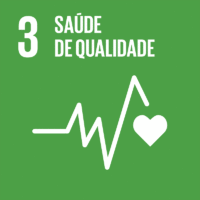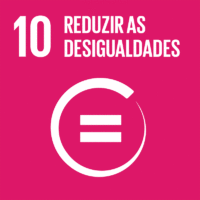Ciência_Iscte
Publicações
Descrição Detalhada da Publicação
Effectiveness of interpretive front-of-pack nutritional labelling schemes on the promotion of healthier food choices
Título Revista
International Journal of Evidence-Based Healthcare
Ano (publicação definitiva)
2020
Língua
Inglês
País
Reino Unido
Mais Informação
Web of Science®
Scopus
Google Scholar
Esta publicação não está indexada no Google Scholar
Abstract/Resumo
Aims:
Interpretive front-of-package nutrition labelling can contribute to healthier food habits. This systematic review aimed to examine the effectiveness of interpretive front-of-package nutrition labelling schemes on consumers’ food choices, namely at the moment of food purchase, and to analyse if this potential front-of-package nutrition labelling's effect varies according to different socioeconomic groups.
Methods:
Electronic databases (Cochrane Library, PubMed, Scopus, and Web of Science) search was performed to identify peer-reviewed articles describing longitudinal studies evaluating the effect of front-of-package nutrition labelling schemes on consumers’ food choices, according to Preferred Reporting Items for Systematic Reviews and Meta-Analyses (PRISMA)-Equity 2012 Extension guidelines. No publication-period or language restrictions were applied. PROGRESS-Plus framework was used to report if and how socioeconomic factors were considered in analyses of front-of-package nutrition labelling-related interventions’ effect.
Results:
Nine studies were selected for narrative synthesis (seven randomized controlled trials and two cross-over trials). When compared with no-interpretive-label conditions, front-of-package nutrition labelling showed a positive impact for nutritional content understanding, healthiness perception of products, selection of products with better nutritional quality, and purchase intention. However, there is no robust evidence of superiority of a specific front-of-package nutrition labelling scheme's effect, neither on consumers’ understanding of nutritional content nor on food choices. An evaluation of the studies following the PROGRESS-Plus framework revealed that socioecononomic status and education were the most frequently used dimensions, when assessing the effect of interpretative front-of-pack nutrition labels. More evidence is necessary to determine the role of front-of-pack nutrition labels in decreasing inequalities between different population subgroups, namely among the most vulnerable subgroups, on the promotion of healthy food choices.
Conclusion:
Well controlled longitudinal studies, following a real-world evidence approach, are needed to clarify front-of-package nutrition labelling's impact on consumers’ food choices, namely at purchase points, taking into account the most vulnerable population subgroups, such as those with lower literacy and/or financial resources.
Agradecimentos/Acknowledgements
--
Palavras-chave
Food label,Health equity,Health promotion,Nutrition,Social determinants of health
Classificação Fields of Science and Technology
- Medicina Clínica - Ciências Médicas
- Ciências da Saúde - Ciências Médicas
Registos de financiamentos
| Referência de financiamento | Entidade Financiadora |
|---|---|
| UID/SOC/03126/2013 | Fundação para a Ciência e a Tecnologia |
Contribuições para os Objetivos do Desenvolvimento Sustentável das Nações Unidas
Com o objetivo de aumentar a investigação direcionada para o cumprimento dos Objetivos do Desenvolvimento Sustentável para 2030 das Nações Unidas, é disponibilizada no Ciência_Iscte a possibilidade de associação, quando aplicável, dos artigos científicos aos Objetivos do Desenvolvimento Sustentável. Estes são os Objetivos do Desenvolvimento Sustentável identificados pelo(s) autor(es) para esta publicação. Para uma informação detalhada dos Objetivos do Desenvolvimento Sustentável, clique aqui.

 English
English




